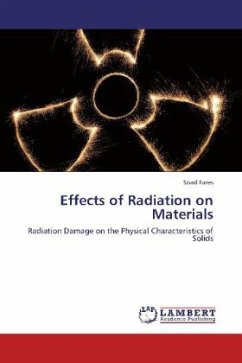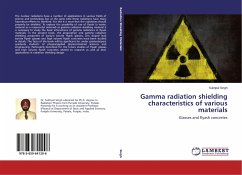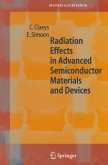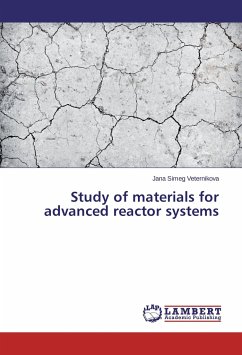The basic idea in much of this work is that high-energy radiation can be used to introduce defects in a partly controllable way into solids, that these defects may influence various manifestations of reactivity, and that the altered reactivity can therefore be attributed to a specific entity in the solid. This attribution requires, of course, knowledge of the defects produced, knowledge sometimes available in advance, but sometimes requiring further experimental study. It would be well to remark here that knowledge of physical radiation damage is not so far ahead of that of reactivity that the flow of helpful information is unidirectional. Particularly with surfaces, conventional techniques do not provide wholly satisfactory information about defects, and we may anticipate mutually helpful interactions between adsorption, catalysis and other surface reactivity on the one hand, and radiation damage on the other.







